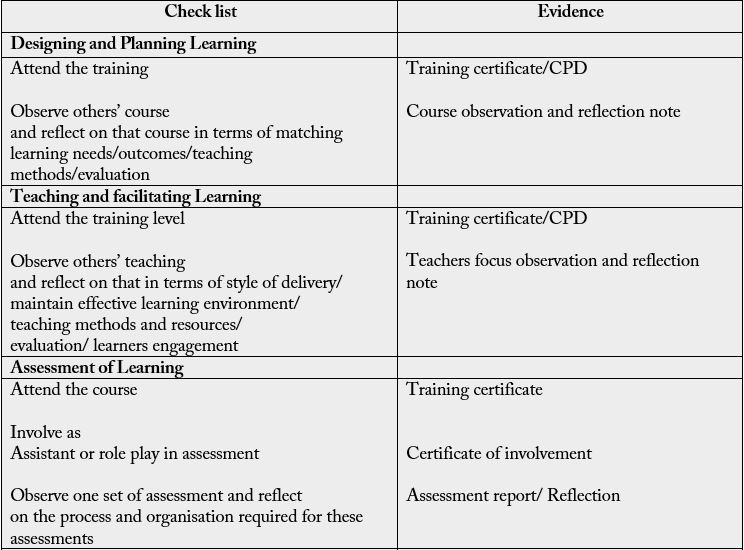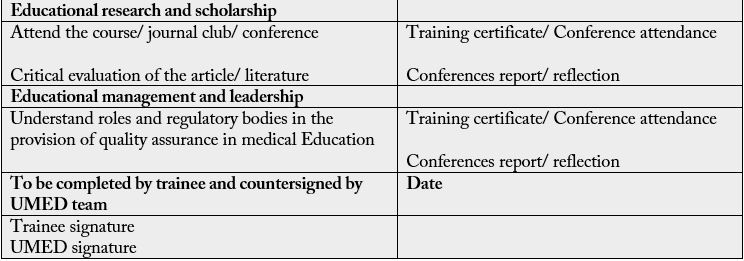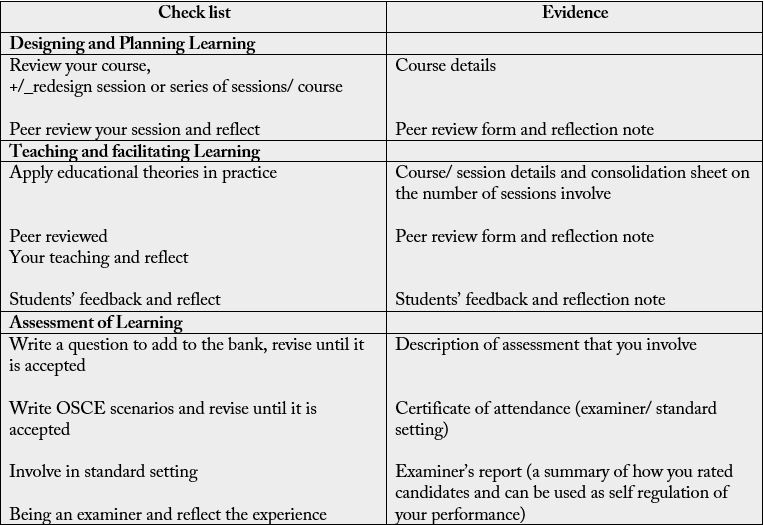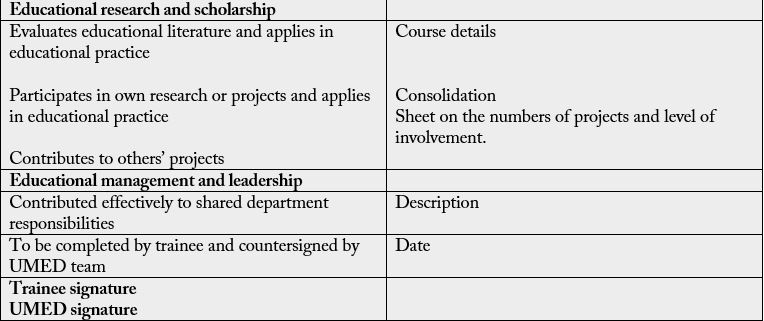Biography
Interests
Ba Min Ko1, Imogen Glover2, Jessica Hickman3 & Swe Khin-Htun4*
1CCT, ST6 Specialty Registrar, South London and Maudsley NHS Foundation Trust, England
2CT2, Whittington Hospital, England
3CT2, West Suffolk Hospital, England
4Senior Medical Education Fellow, Trent Simulation and Clinical Skills Centre, Nottingham University Hospitals
NHS Trust, Honorary Assistant Professor, School of Medine, UoN, England
*Correspondence to: Dr. Swe Khin-Htun, Senior Medical Education Fellow, Trent Simulation and Clinical Skills Centre, Nottingham University Hospitals NHS Trust, Honorary Assistant Professor, School of Medine, UoN, England.
Copyright © 2021 Dr. Swe Khin-Htun, et al. This is an open access article distributed under the Creative Commons Attribution License, which permits unrestricted use, distribution, and reproduction in any medium, provided the original work is properly cited.
Abstract
Logbooks are widely used in the field of medical education and training. They can enhance learning through facilitating discussion between trainee and teacher, highlighting areas for development and creating a record of experience. However, they are not yet widely used in the speciality of medical educators, despite teaching skills being an integral part of most specialties. For this reason, the team have designed a logbook that could be used by medical educators to enhance their skills and practice.
To create the structure for the logbook we have incorporated the domains listed in the Academy of Medical Educators professional standards framework [1]. Within these domains varying standards of achievement are detailed as described by Mclean, Cillars and Francis 2002 [2]. There is the opportunity to record multiple levels of evidence including formal feedback, certificates, grants and reflective practice. The logbook contains competency checklists to allow the user to amalgamate information into a summary document. This document will be able to function as both a record and a guide to learning and experience.
The aim of our logbook is to enhance learning, but its structure also provides aspirational objectives candidates can target. The format and structure mirrors other existing clinical logbooks in the hope that human factors and ergonomics will not be a barrier to its use. We have created a logbook specifically catering to the requirements of medical educators helping to promote high quality teaching and educational skills.
Introduction
A logbook is defined as a written record of activity in which details and events are recorded. Logbooks are widely used in the field of medical education and training to formally record completed activities. These logs can also be used by trainers to gain quick overview of the requirements of training and the trainees learning progress [3]. They play a crucial role for clinicians providing opportunity for self-reflection, ultimately encouraging professional development and improvement of their clinical and technical skills.
The use of logbooks in pursuit of education is widely evidenced. They create multiple opportunities for educational development including; facilitating communication between trainee and clinical teacher [4], standardising learning [5], and revealing weak points and therefore areas requiring further development [6].
Doctors in training can record activities such as case-based discussions, clinical procedures, clinic attendance and their continued professional education. Such activities are clearly outlined as requirements for training by various Royal Colleges who have developed their own specific logbooks. For example, the Royal College of Surgeons has developed shared electronic logbooks and portfolios for surgeons to record all aspects of their professional lives including clinical practice, audit tools, peer analysis and professional development activities. This supports the revalidation process for surgeons across the UK [7].
Medical education has become an essential part of a clinician’s skillset. The GMC has released several documents pertaining to medical education, emphasising that clinicians are responsible for ‘developing the skills and practices of a competent teacher’ [8]. Good Medical Practice asks of doctors ‘you should be prepared to contribute to teaching and training doctors and students’. This is mirrored in the ‘person specification’ for application to multiple specialty training programmes, when evidence of teaching is often requested as either essential or desirable criteria. The UK Professional Standards Framework for teaching requires individuals to have a record of effectiveness in teaching, impact at a strategic level and leadership in academic development. The GMC requires trainers to maintain skills by reflecting on ‘training responsibilities’ and to evidence supporting information for both appraisal for, and recognition as, a trainer [9].
The field of medical education continues to gain traction as an independent speciality with roles primarily devoted to education, such as teaching fellows, becoming prominent. Despite this, a formalised logbook catered to medical educators for their own professional development has not yet been created. In order to fill this gap, the Nottingham Undergraduate Medical education department (UMED) has developed a medical educator logbook which aims to help trainees build their portfolios in accordance with official points systems of recruitment for various specialities.
Materials and Methods
This logbook was developed using criteria from various different sources including the professional standards
framework from the Academy of Medical Educators (AoME).
The logbook mirrors the five domains from the AoME: designing and planning learning, teaching and facilitating learning, assessment of learning, educational research and scholarship, educational management and leadership.
Within the above domains are four standards. These are based on those defined by Mclean, Cillars and Francis 2002 [2]. These range from level one, which details achievements at a basic level, up to level four, where complex skills, educational research and leadership are considered. This is also mirrored in the logbook structure.
The logbook is also designed to encompass different methods of record keeping. These methods are matched to the appropriate level of evidence needed for each domain. There is space for both objective and reflective record keeping making the logbook both a tool for assessment but also learning. To help give structure reflective entries are prompted at each domain.
Results
The logbook is structured to facilitate easy documentation of evidence whilst providing an opportunity to
include further detail and reflection.
The initial pages contain summary sheets allowing for the consolidation of important evidence spanning multiple domains. They provide space for objective evidence such as certificates of attendance, organisation, participation or feedback from peers or learners.
These summary sheets are organised by the headings; teaching training, teaching experiences, presentations, publications, designing and planning learning, assessment of learning, teaching management and teaching esteem indicators. Table 1 contains the summary sheet for the consolidation of teaching and training.

The following section is categorised into the five domains outlined in the materials and methods. Within each area there is opportunity to record reflective practice and peer review.
In this section educators reflect on the planning aspect of their teaching events. Here the clinician can
provide evidence that they have considered learning principles, analysed the learning needs of their group
and their use of teaching methods and resources when designing sessions.
This section provides space to detail the teaching events. It is an opportunity to showcase the use of a broad
range of teaching methods and resources, as well as techniques for providing feedback. At higher levels this
can be a space to exhibit innovation and improvement in teaching practices. These first two sections also
prompt documentation of specific details of the event, including the type of teaching event, the number and
grade of participants and method of teaching delivery.
Within this area of the logbook educators can divulge their formal assessment methods and include their
reasoning behind these specific choices. This evidence should be able to show the design, implementation
and ongoing quality maintenance of the assessment strategy.
Evidence of conferences attended, research papers either written or evaluated and research grants awarded can
be included. This domain involves consideration of research in medical education or direct participation, as
well as implementation into active practice. Documentation of involvement in research projects, supervision
of research students and awards for grants is combined with an opportunity for critical evaluation of literature
or written conference reports. This section has less focus on reflective practice but instead on evaluation of
external educational resources.
This domain can include support of other clinical educators, management of educational programmes and
involvement in educational governance.
The final section is composed of Medical Educator Competency Checklists organised into the four medical educator levels discussed in the material and methods, this is in a condensed format to facilitate sign off. Table 2 contains the Medical Educator Development Checklists for level One and Two as examples. These tables detail the actions required for each achievement and give examples of evidence. Work documented elsewhere in the logbook can be tabulated easily at this stage for rapid evaluation. It also allows the objective evidence to be combined with reflection.




Discussion
Teaching skills are an essential part of a clinician’s skill set as outlined by the GMC and are also key criteria
in current specialty applications. Logbooks are frequently used in all other realms of clinical training and fulfil multiple different functions. They commonly exist as an independent learning resource which can
further clinical or professional development through reflection, planning for further activities and creating
an expected standard outcome. However, one of the primary functions of a logbook must also be as an
evidence store of experiences in this field. This is essential not only to suggest areas which require further
improvement, but also for revalidation, appraisal and recruitment purposes.
This same methodology can be transferred to medical education for similar benefits. Proof of competency and experience in teaching is still required for the above processes, and teaching lends itself to a process of reflection and feedback.
This logbook design ensures these twin objectives are met; as a resource which can develop learning, and as evidence of events or achievements.
By using existing frameworks which lay out achievements in teaching and education this log can also guide users towards future development. The competency checklists at the end of the book can act as aspirational objectives and encourage continuing advancement. The standards which exist in the framework have been modified in the logbook to create achievement levels consistent throughout each domain. These levels come under straightforward, simple headings to ensure immediate understanding of what is required at each stage in the hope that this enhances both the ease of recording and appraising the contents.
The overall structure mirrors many logbooks currently in use in the hope that it will encourage uptake and intuitive use. Human factors and ergonomics suggest that individuals will seek out a tool they feel familiar with it and therefore perceive it to be easier to use [10].
Conclusion
We have created a logbook specifically catering to the requirements of medical educators as laid out by
various official sources. We have aligned it with existing professional frameworks to ensure it is current and
relevant. It promotes high quality teaching and enhances educational skills.
Bibliography

Hi!
We're here to answer your questions!
Send us a message via Whatsapp, and we'll reply the moment we're available!